In the realm of airbrushing, a pivotal choice presents itself in the form of siphon vs gravity feed airbrush. This decision is more than just a preference; it’s a strategic selection that can significantly influence your artistic process and outcomes. Understanding the distinct characteristics and operational nuances of both siphon and gravity feed airbrushes is essential for artists, hobbyists, and professionals. This article aims to demystify these differences, shedding light on the unique advantages and limitations of each type, thereby guiding you towards making an informed choice that best suits your artistic needs.
Siphon vs Gravity Feed Airbrush
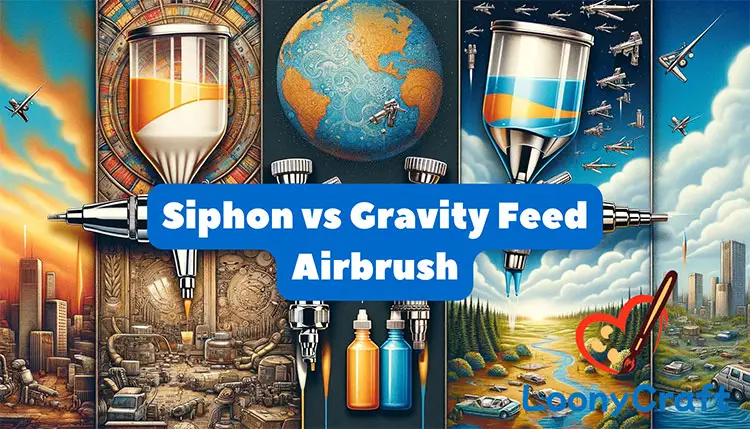
Understanding Siphon Feed Airbrushes
Siphon feed airbrushes uses a vacuum principle to pull paint into the airstream. In this case, the paint bottle is usually located at the lower part of an airbrush. As air passes through the air brush a siphoning or pulling action occurs such that the paint is sucked from the bottle upwards through a mix of both with the resultant mixture being sprayed out.
Pros of Using Siphon Feed Airbrushes
- Large-Scale Projects Suitability:
- Larger Paint Capacity: Siphon feed airbrushes can accommodate larger bottles of paint, making them ideal for extensive projects without the need for frequent refills.
- Versatility in Paint Volume:
- Different Size Jars: These airbrushes allow for the attachment of different sizes of jars or bottles, offering flexibility in managing various paint volumes as per project requirements.
Cons of Using Siphon Feed Airbrushes
- Higher Pressure Requirement:
- Draw Paint from the Cup: Siphon feed airbrushes require higher air pressure to effectively siphon paint from the cup, which can be a limitation when using compressors with lower pressure ranges.
- Increased Paint Usage:
- Larger Nozzles: Generally, these airbrushes come with larger nozzles. This feature, while beneficial for certain applications, can lead to increased paint consumption, especially noticeable in detailed or finer work.
- Cleaning Considerations:
- Time-Consuming Cleaning: Due to their design and the presence of separate paint bottles, cleaning siphon feed airbrushes can be more labor-intensive compared to their gravity feed counterparts. This aspect is particularly important to consider for those frequently changing paint colors or requiring quick turnovers between projects.
In the following sections, we will delve into gravity feed airbrushes, comparing their features and applications against those of siphon feed airbrushes, to provide a comprehensive understanding of their distinct advantages and drawbacks.
Understanding Gravity Feed Airbrushes
How Gravity Feed Airbrushes Work
Gravity feed airbrushes harness the force of gravity to draw paint into the air stream. Unlike the siphon feed type, the paint cup is located above the airbrush. The paint naturally flows down into the mixing chamber, where it combines with the air from the compressor. This design enables efficient paint flow at lower air pressures, making it a popular choice for detailed and precise work.
Pros of Using Gravity Feed Airbrushes
- Optimal for Detailed Work:
- Lower Pressure Operation: These airbrushes can function effectively at lower air pressures, which is advantageous for achieving fine, intricate details in artwork.
- Ease of Cleaning:
- Simplified Cleaning Process: The design of gravity feed airbrushes, with their top-mounted paint cups, makes them easier and quicker to clean. This is particularly beneficial for artists who frequently change colors or need to maintain a clean work environment.
- Faster Response Time:
- Shorter Paint Path: Due to the direct path from the paint cup to the nozzle, gravity feed airbrushes provide a quicker response time. This feature is crucial for works that require rapid color changes or subtle gradations.
Cons of Using Gravity Feed Airbrushes
- Limited Paint Capacity:
- Smaller Paint Cups: The paint cups in gravity feed airbrushes are generally smaller, limiting the volume of paint they can hold. This can be a drawback for larger projects that would require frequent refilling of the cup.
- Pre-Thinning Requirement:
- Paint Consistency Adjustments: Often, there is a need to pre-thin the paint in a separate container before using it in a gravity feed airbrush. This extra step can be time-consuming, especially for those who work with thicker paints or require specific paint viscosities.
In summary, gravity feed airbrushes offer precision and ease of use, especially for detailed work, at the cost of paint capacity and potential additional preparation steps. The choice between siphon and gravity feed airbrushes ultimately depends on the specific needs of the project, the type of work being done, and the artist’s preference for handling the airbrush. The following sections will delve deeper into the practical applications of each type and provide guidance on selecting the right airbrush for your artistic endeavors.
Comparing Siphon and Gravity Feed Airbrushes
When choosing an airbrush, understanding how siphon and gravity feed airbrushes perform in various scenarios is key to making an informed decision. Each type has its strengths and weaknesses, which can significantly affect the outcome of a project.
Performance in Various Scenarios
- Large-Scale Projects:
- Siphon Feed: Ideal for large-scale projects like murals due to their larger paint capacity, reducing the need for frequent refills.
- Gravity Feed: Less suitable for larger projects because of the smaller paint cup, requiring more frequent refilling.
- Fine Detail Work:
- Siphon Feed: Can be less precise due to the higher pressure required and larger nozzles.
- Gravity Feed: Excellent for fine detail work, offering precision and control at lower pressures.
- Best Airbrush for Miniatures: When it comes to painting miniatures, where detail and precision are paramount, gravity feed airbrushes are often considered the best choice. Their ability to operate at lower pressures allows for a finer control of the paint flow, which is essential for the intricate details required in miniature painting.
Factors to Consider When Choosing
- Type of Project:
- Large-scale works lean towards siphon feed airbrushes for efficiency.
- Detailed, precision work benefits from the control offered by gravity feed airbrushes.
- Budget Considerations:
- Siphon feed airbrushes can be more cost-effective for those working on varied projects.
- Gravity feed airbrushes might require a higher initial investment but offer savings in reduced paint waste.
- Cleaning and Maintenance Preferences:
- Those who prefer quick and easy cleaning may opt for gravity feed airbrushes.
- Siphon feed airbrushes require more thorough cleaning, which might be a consideration for artists frequently changing paint colors.
Conclusion
In conclusion, both siphon and gravity feed airbrushes have their unique advantages and drawbacks. Siphon feed airbrushes stand out for large-scale projects and flexibility in paint volume, while gravity feed airbrushes excel in detailed work, offering precision and ease of maintenance.
The choice between the two should be based on individual needs and preferences, considering the type of projects undertaken, budget constraints, and cleaning and maintenance routines. Whether you’re a hobbyist dabbling in various art forms or a professional with specific requirements, understanding these differences will guide you in selecting the right airbrush to achieve the best results in your work.
FAQ
FAQ section of our article on airbrush types. Here, we’ve compiled a list of five popular questions that delve into aspects not covered in the main body of the article. These queries aim to address additional common concerns and curiosities you might have about siphon and gravity feed airbrushes.
What is the learning curve like for beginners using siphon vs gravity feed airbrushes?
Exploring the ease of use and beginner-friendliness of both airbrush types.
Can you switch between water-based and solvent-based paints in both types of airbrushes?
Discussing the compatibility and considerations when switching paint types in siphon and gravity feed airbrushes.
How does the choice of airbrush affect the overall longevity and durability of the equipment?
Looking at how siphon and gravity feed airbrushes fare in terms of wear and tear over time.
Are there specific brands or models of siphon and gravity feed airbrushes that professionals prefer?
Delving into brand preferences and recommendations from experienced users.
What are the environmental considerations when choosing between siphon and gravity feed airbrushes?
Considering the environmental impact and eco-friendliness of using either type of airbrush.

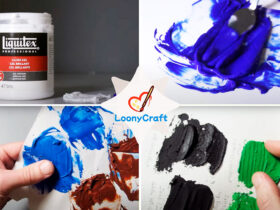

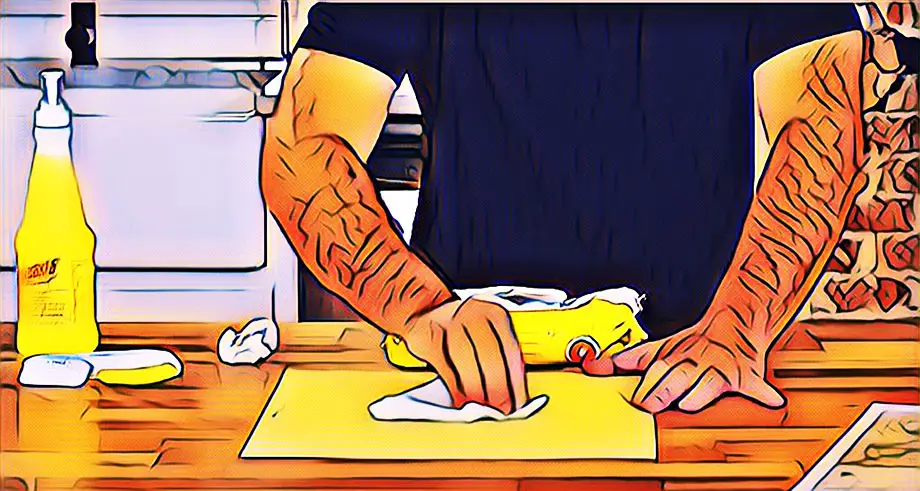
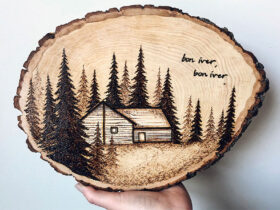
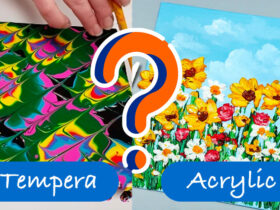

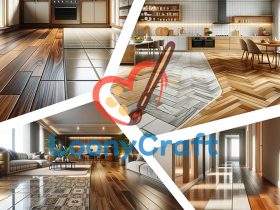
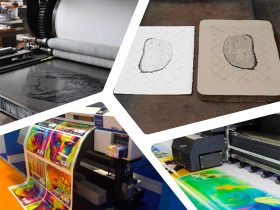

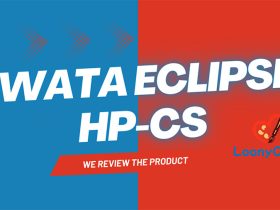
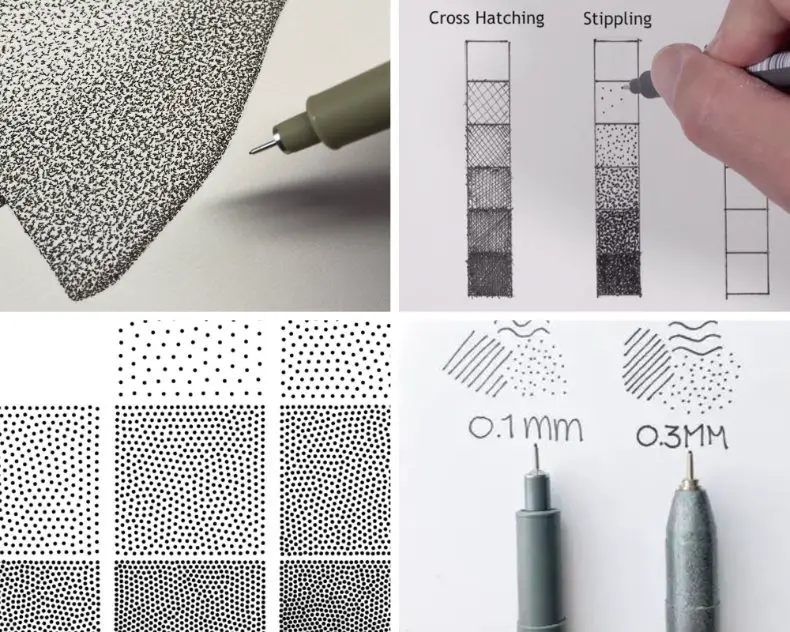
Leave a Reply